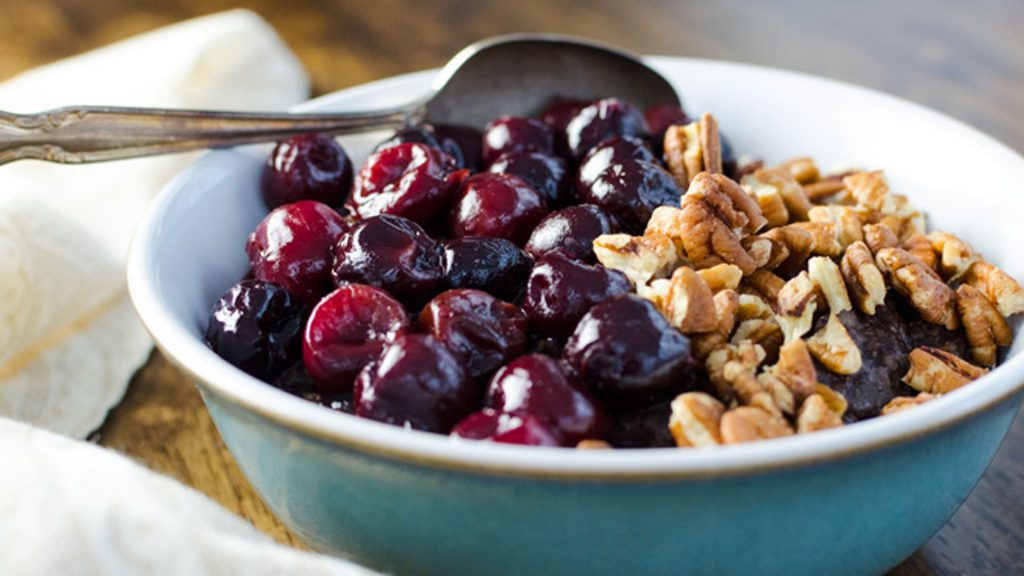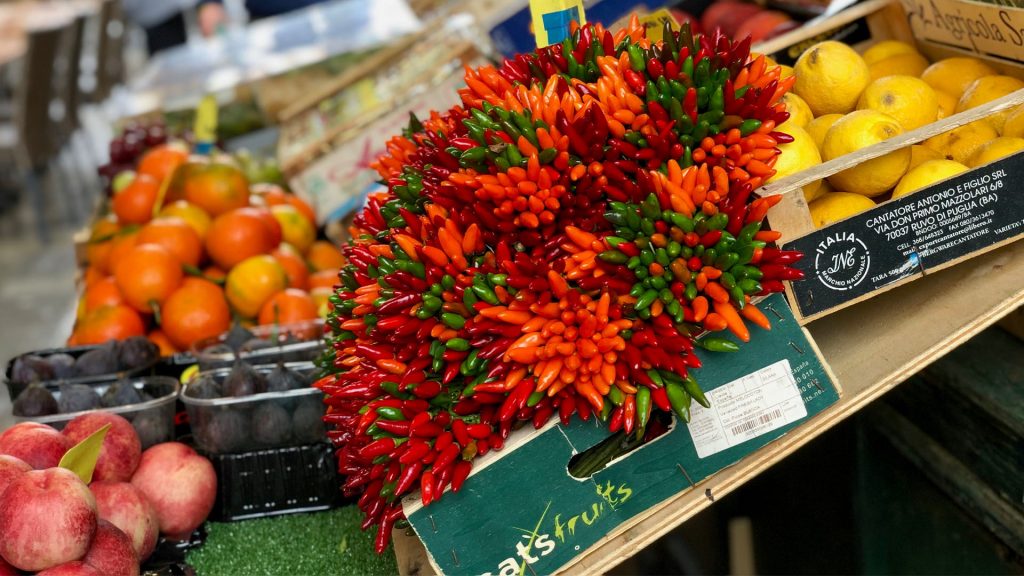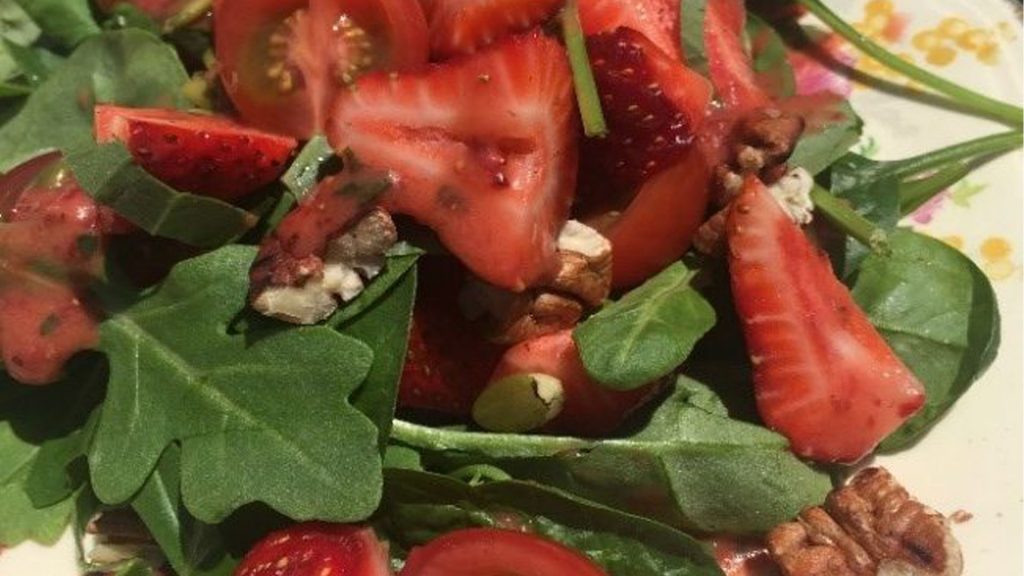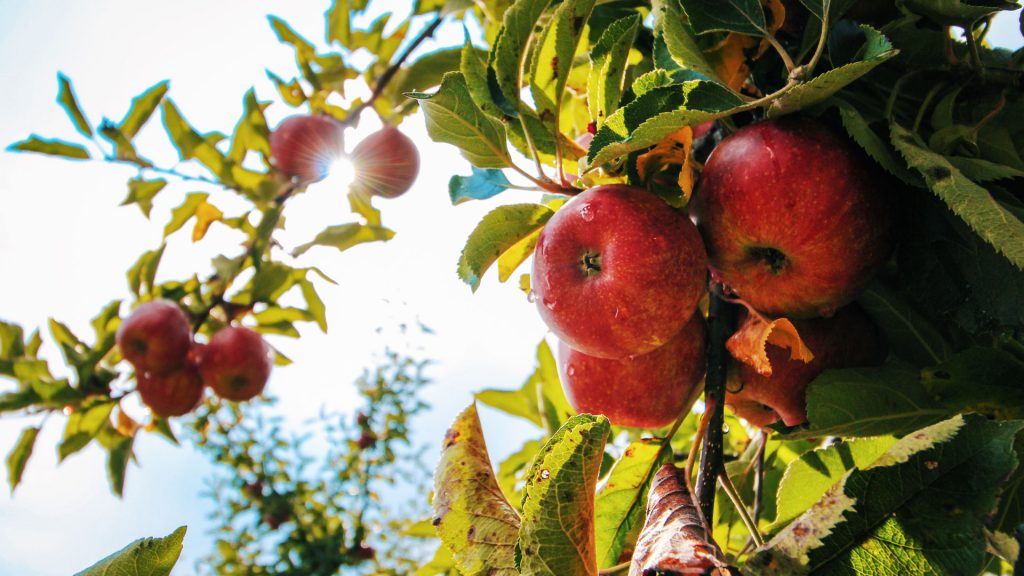10 May The Health Benefits Of Red Food
The Health Benefits Of Red Food
Why do we need to eat foods rich in antioxidants?
Free radicals can be formed during normal bodily functions like when cells burn food for energy or even when the body is fighting off bacteria or viruses. In the normal occurrence, free radicals are not extremely dangerous.
However, when our cells are exposed to pollution, radiation, cigarette smoke or manufactured chemicals (to name a few), it creates a larger quantity of free radicals in the body: a surplus of unbalanced cells looking to become balanced by scavenging for electrons. They will actually steal electrons from balanced cells and set off a chain reaction of damage.
If there are no electrons available, or if free radical production is in excess, damage occurs and creates an environment of oxidative stress. A perfect example of this process is the browning of a cut apple: apparent cellular breakdown.
~~~Enter antioxidants~~~
These selfless little heroes come in to save the day by donating one of their own electrons and stopping the reaction of the free radical. Antioxidants do not become free radicals themselves since they are stable in all forms and remain out of service until they are recharged or replaced. They clean up free radicals and prevent cell and tissue damage which are evident in disease and aging.
Eating a diet high in fruit and vegetables from all the colour groups is likely to be a well-balanced diet high in antioxidants. Generally, as a rule, the brighter the food, the more nutrient dense it is and the health benefits are greater.
Red fruit and veg are high in vitamins and minerals, which help turn carbs, fats and proteins into usable energy in the body. These foods also contain antioxidants, such as lycopene and anthocyanins which protect DNA from oxidative damage and therefore prevent disease and can reduce the risk of stroke and macular degeneration (the leading cause of blindness in people aged 60 and older).
Cherries
Rich in antioxidants, such as anthocyanin, cherries can help reduce pain and inflammation. It is believed cherries are known to fight off disease such as diabetes, cancer, arthritis and gout. Cherries are also a good source of fiber, potassium and Vitamin A. They are also a natural source of melatonin, important for getting a good night’s sleep to keep our hearts healthy.
Add frozen cherries to your overnight oats – download recipe.

Pomegranates
Studies have shown that this fruit may help reduce the build up of plaque in arteries and lower blood pressure. Other research shows that fresh pomegranate juice may help manage prostate cancer, diabetes, arthritis and erectile dysfunction. Pomegranates pack a punch of polyphenols including anthocyanins and tannins.
Cranberries
Contain flavonoids like anthocyanin and proanthocyanidin and are believed to help fight colon, breast and lung cancer. Packed with Vitamin C which has anti-inflammatory properties. They can be beneficial in conditions like rheumatoid arthritis, stomach and digestive disorders, and our cardiovascular system, particularly the lining of our vessel walls.
Try adding Frozen Cranberries to your smoothies and overnight oats bowls. Look for mixed frozen berry bag varieties that include cranberries.
Beets
Besides being low in calories with zero fats beets are very nutritious. Just ½ cup cooked beets has just 29 calories and boasts 2g fibre and provides 19% of the daily value for folate, a B vitamin needed for the growth of healthy new cells. They’re beautiful colour comes from betanin, a phytochemical that is believed to build immunity, protect against coronary heart disease and stroke and has anti-aging effects. They are a good source of vitamin C (you can use the leaves like spinach or in a salad), potassium, magnesium, iron, zinc, and folic acid.
Capsicum & Chillies
Whether sweet or spicy, red capsicum & chillies add a healthy punch. They’re an excellent source of vitamin A, which helps with healthy skin, hair and bones & vitamin C which helps build a healthy immune system. Chillies like habanero and serrano contain the phytochemical capsaicin, which has been shown to help reduce inflammation, relieve arthritis and headaches and fight bacteria through it’s most notable property – heat.

Tomatoes
A terrific source of vitamin C with a touch of vitamin A, potassium and fibre thrown in for good measure, tomatoes don’t just taste great, they’re also good for you. Tomatoes are also rich in lycopene, an antioxidant that fights skin ageing – helps support skin integrity and may be beneficial against cancer and heart disease.
Eating slow cooked tomatoes boosts the nutrient content, think homemade pasta sauces soups, tomato paste & chutneys.

Strawberries
Did you know that around 8 strawberries contain more vitamin C than an orange?
Well-known for their super powers, not only do they contain mood boosting properties, strawberries are packed full of flavonoids which are antioxidants known to reduce the risk of chronic diseases such as heart disease, diabetes and some cancers and help fight against cell damage. High in fibre and low in calories, strawberries are great for weight management because they keep you full for longer.
Raspberries
These berries contain the plant compound anthyocanins, shown to help reduce inflammation and reduce the risk of heart disease and diabetes. They also contain quercetin which may help slow cancer growth.
Watermelon
Even though the watermelon is 92% sweet water, it is full of nutrients. Packed with antioxidants like beta carotene, vitamin C and lycopene, it can help lower the risk of heart disease and cancer. Watermelon is a great source of lycopene, which can decrease the risk of heart disease and certain types of cancer, primarily prostate, as well as the risk of macular degeneration. It also improves blood vessel function and lowers stroke risk. Its potassium content can help relieve muscle cramps.
Red Apples
This fruit contains high amounts of flavonoids, which are thought to help against free radical damage to artery walls. The phytonutrients and antioxidants in apples may help reduce the risk of developing cancer, hypertension, diabetes, and heart disease. Rich in pectin, a soluble fibre that helps bind LDL cholesterol and send it out of the body.
Eat the skin of your apples as this is where most of the nutrients are found.

Red Kidney Beans
Because kidney beans are rich in protein, fibre, and complex carbs, they’re one of the best dietary choices for maintaining healthy blood sugar levels to avoid diabetes – a major health risk for heart disease.
Red Skinned Potatoes
Along with plenty of fibre, all potatoes, especially red potatoes, are loaded with potassium – beating even bananas. Vitamin C, a potent antioxidant, is also found in abundance in red potatoes.
Don’t waste the potato skin, where much of the heart-healthy potassium is found. The skin of red potatoes contains 2 to 3 x more antioxidant benefits than white potatoes. The red colour means the skin contains anthocyanins, a specific type of antioxidant that can offer protection from free radicals reducing the risk of heart disease.



